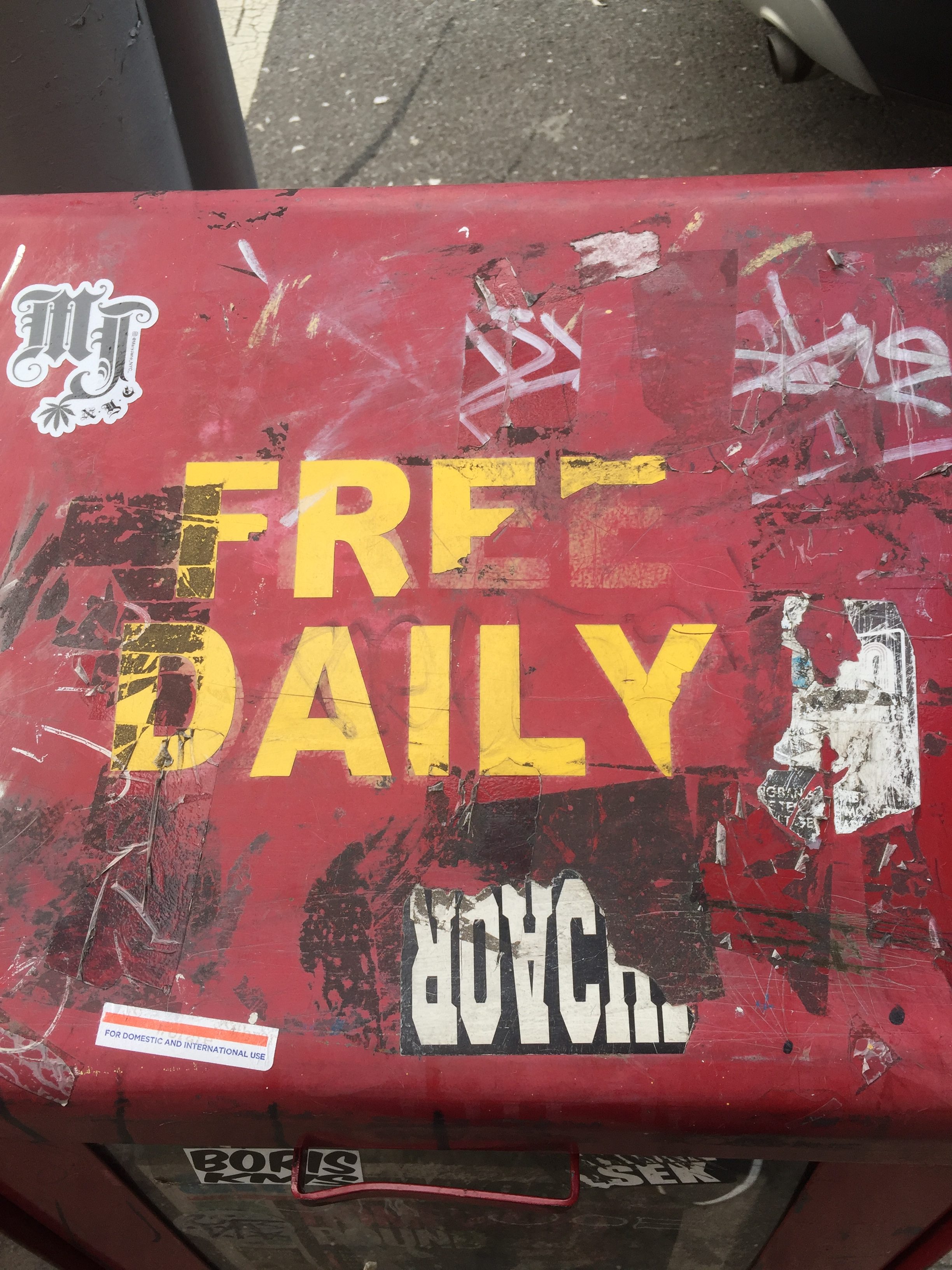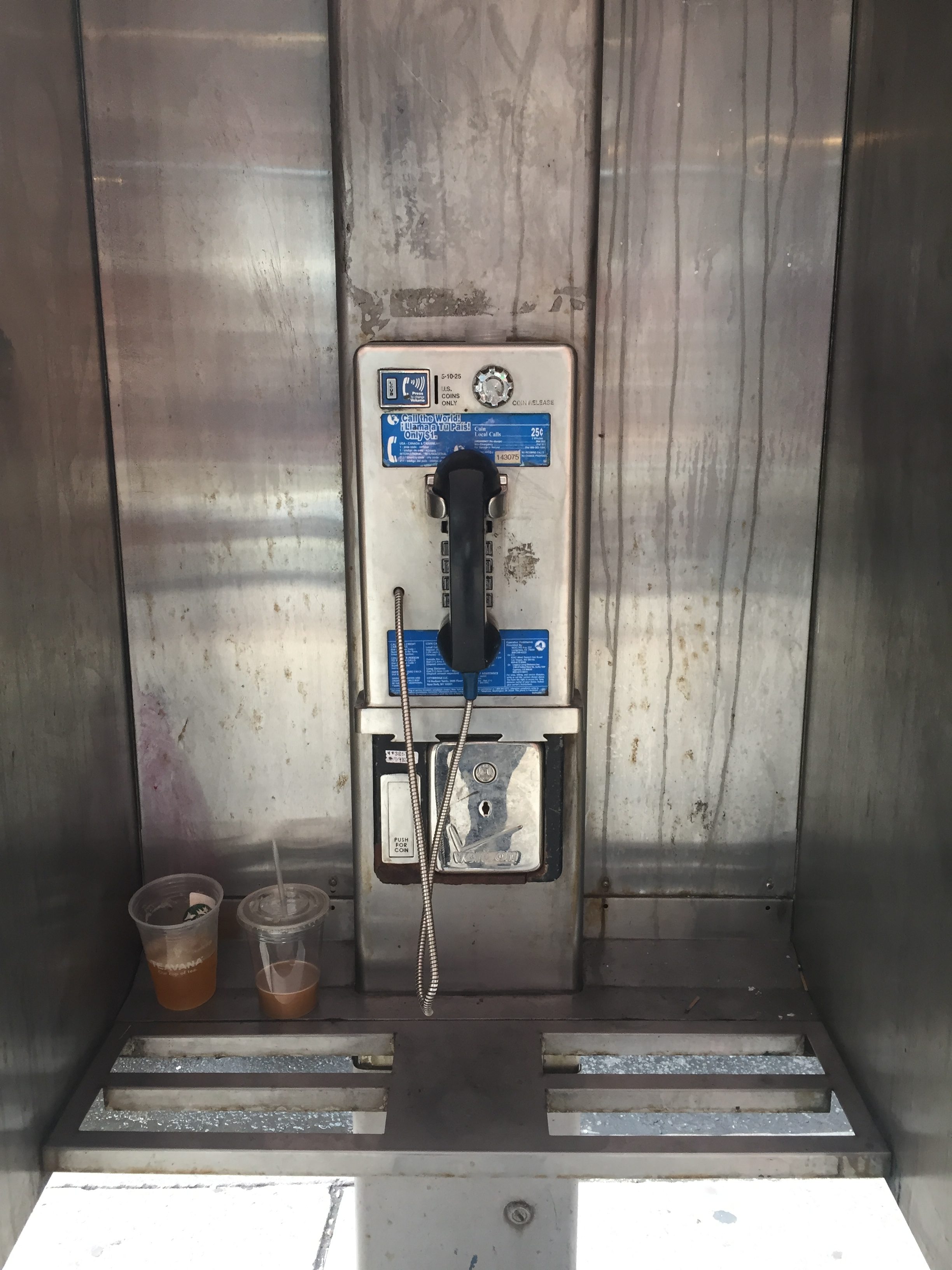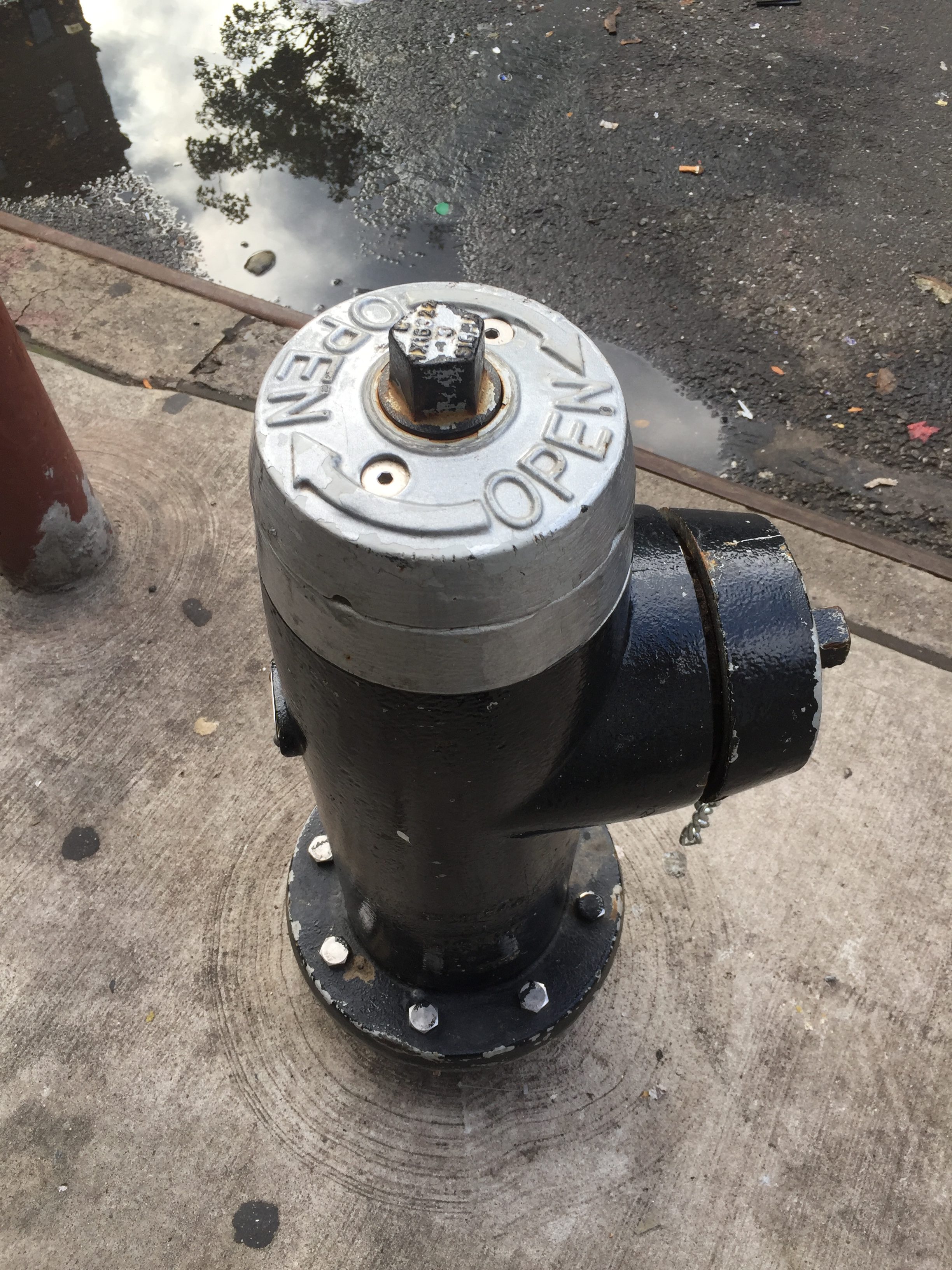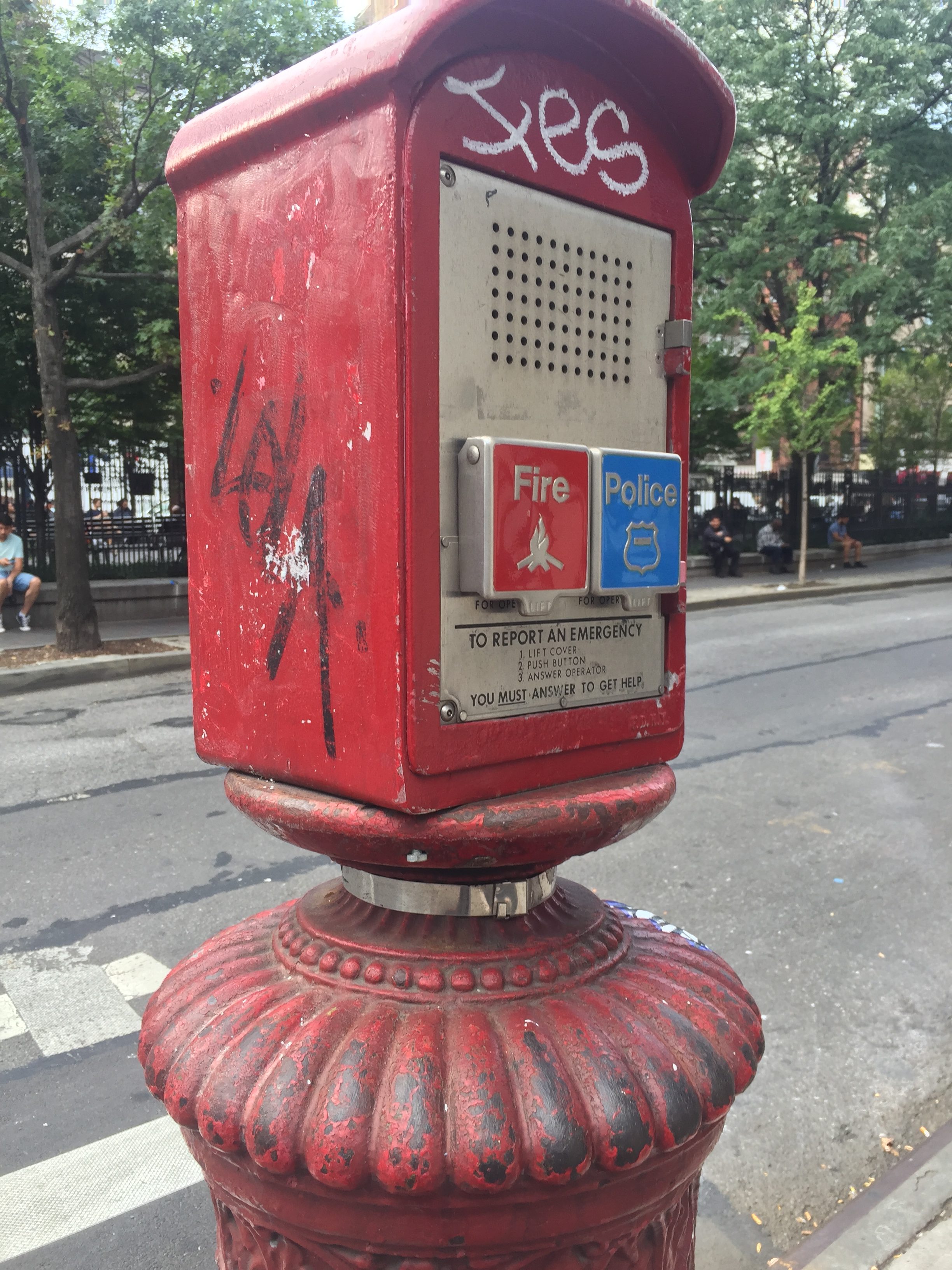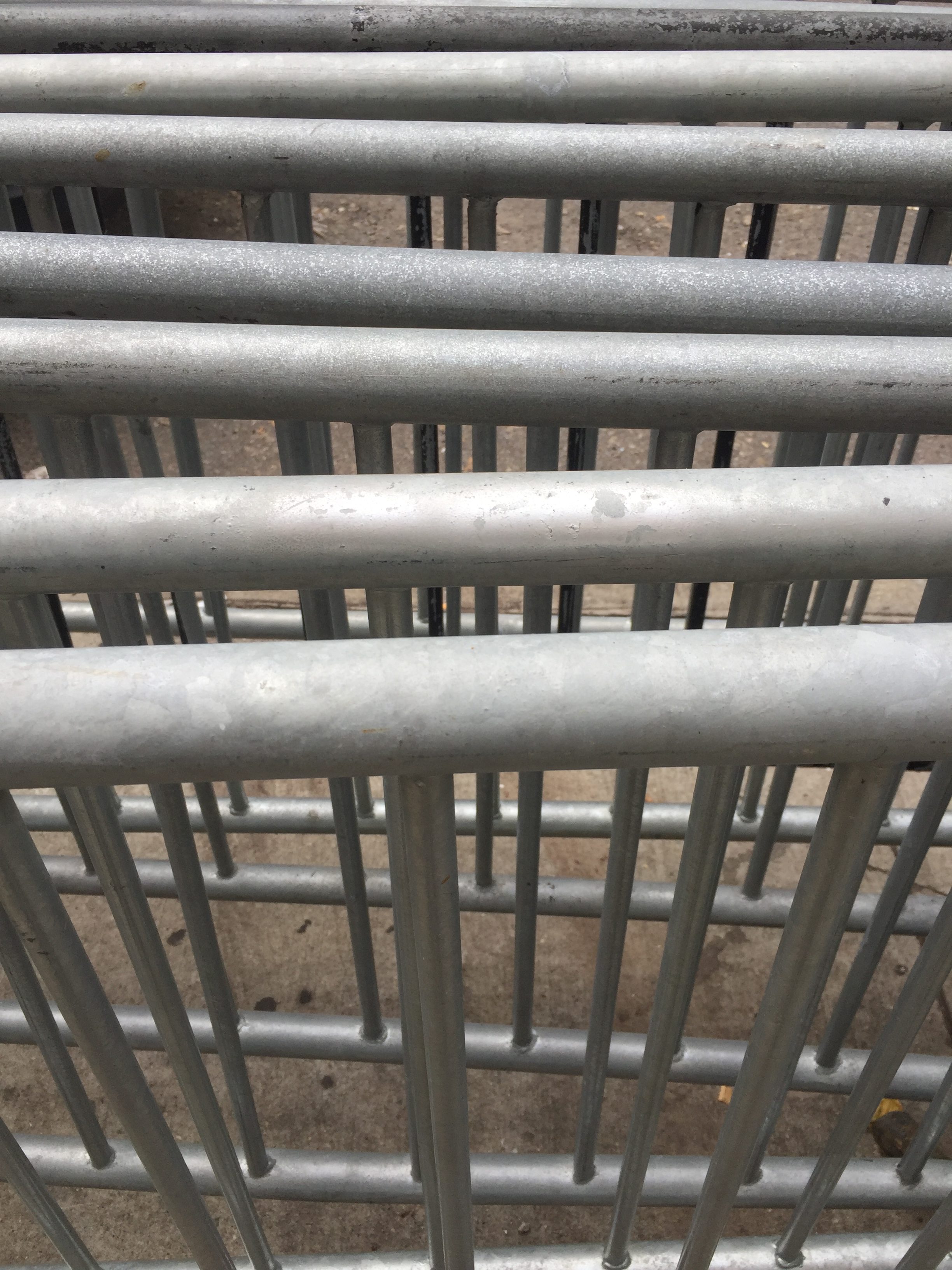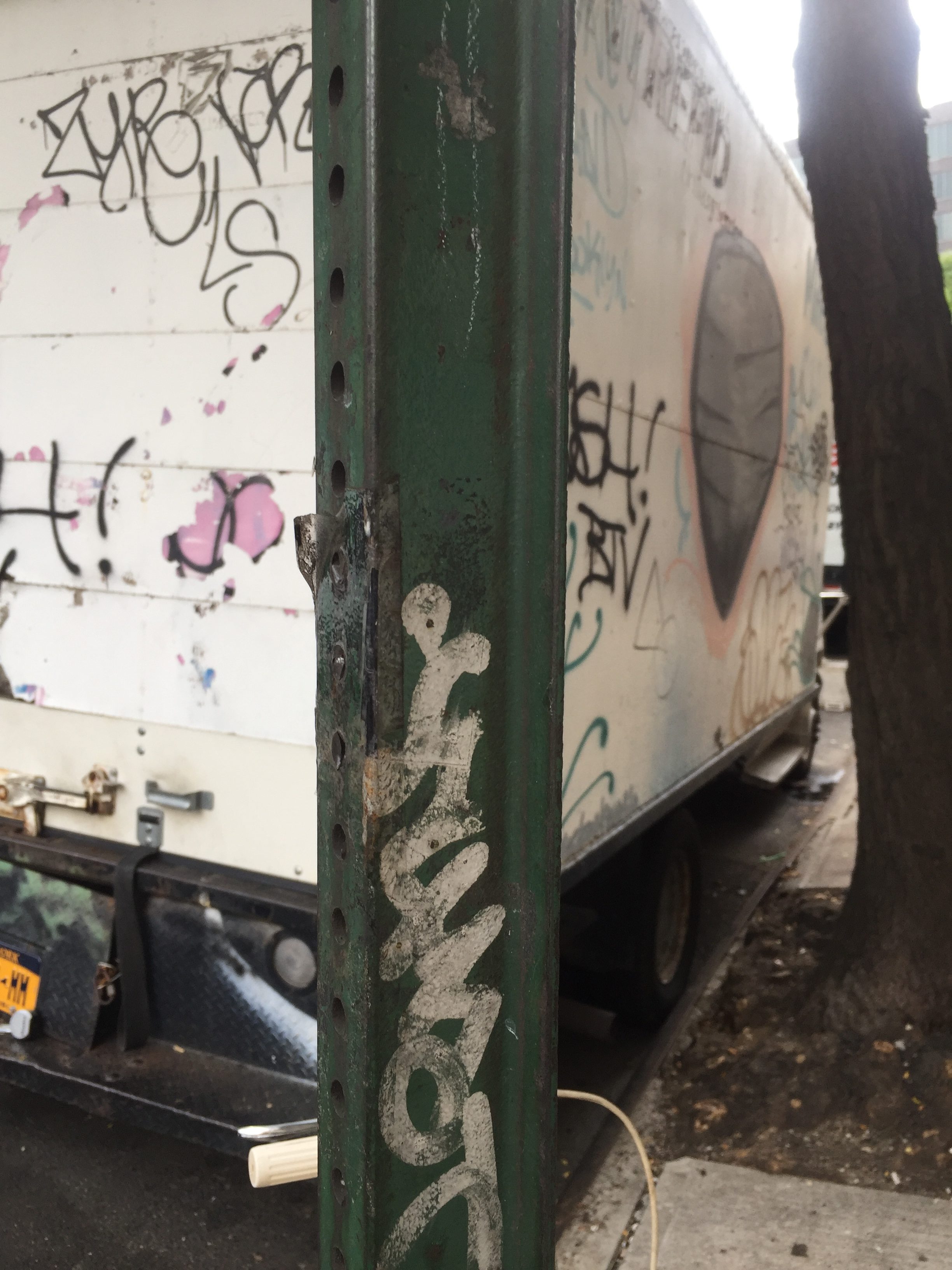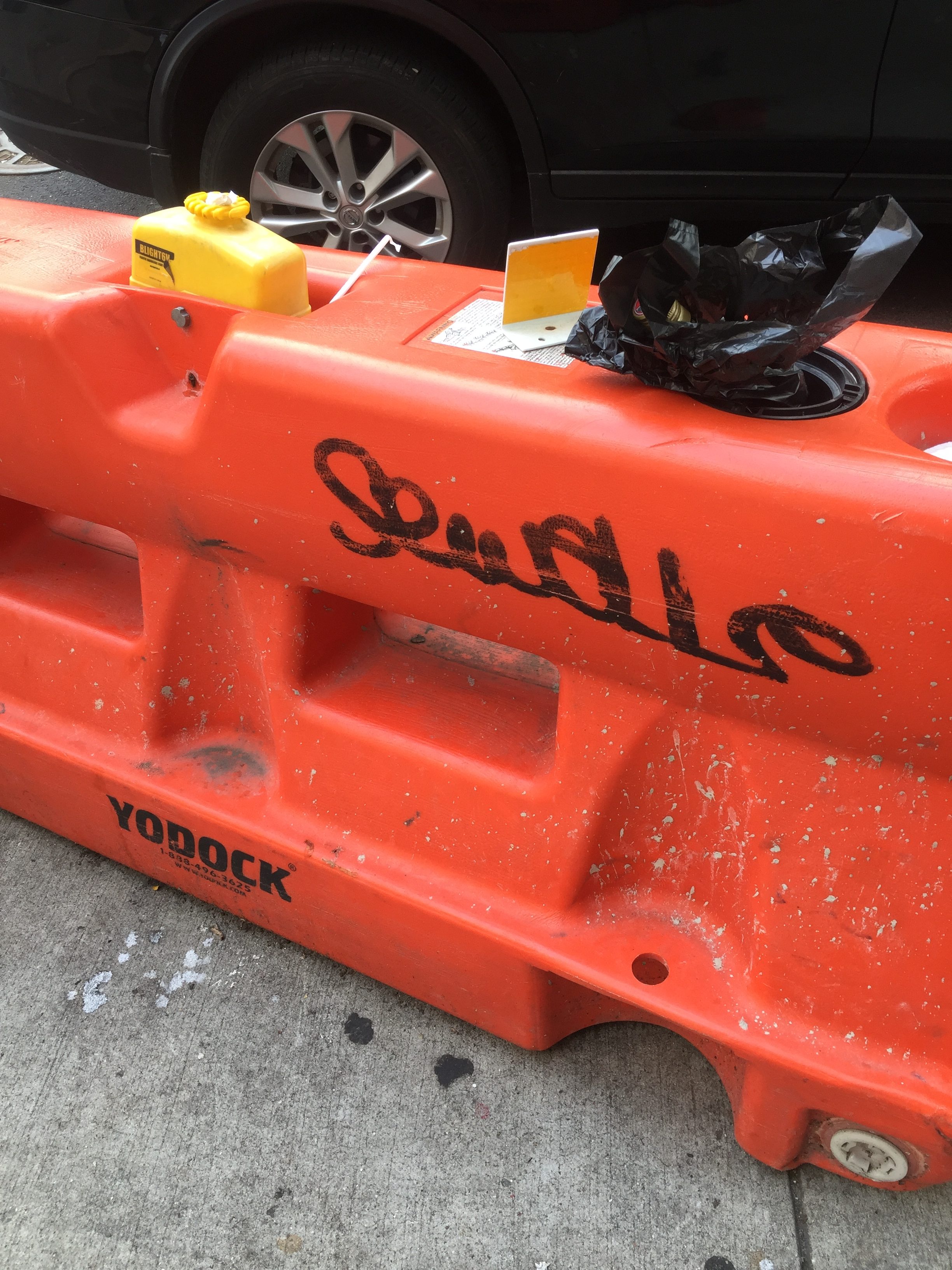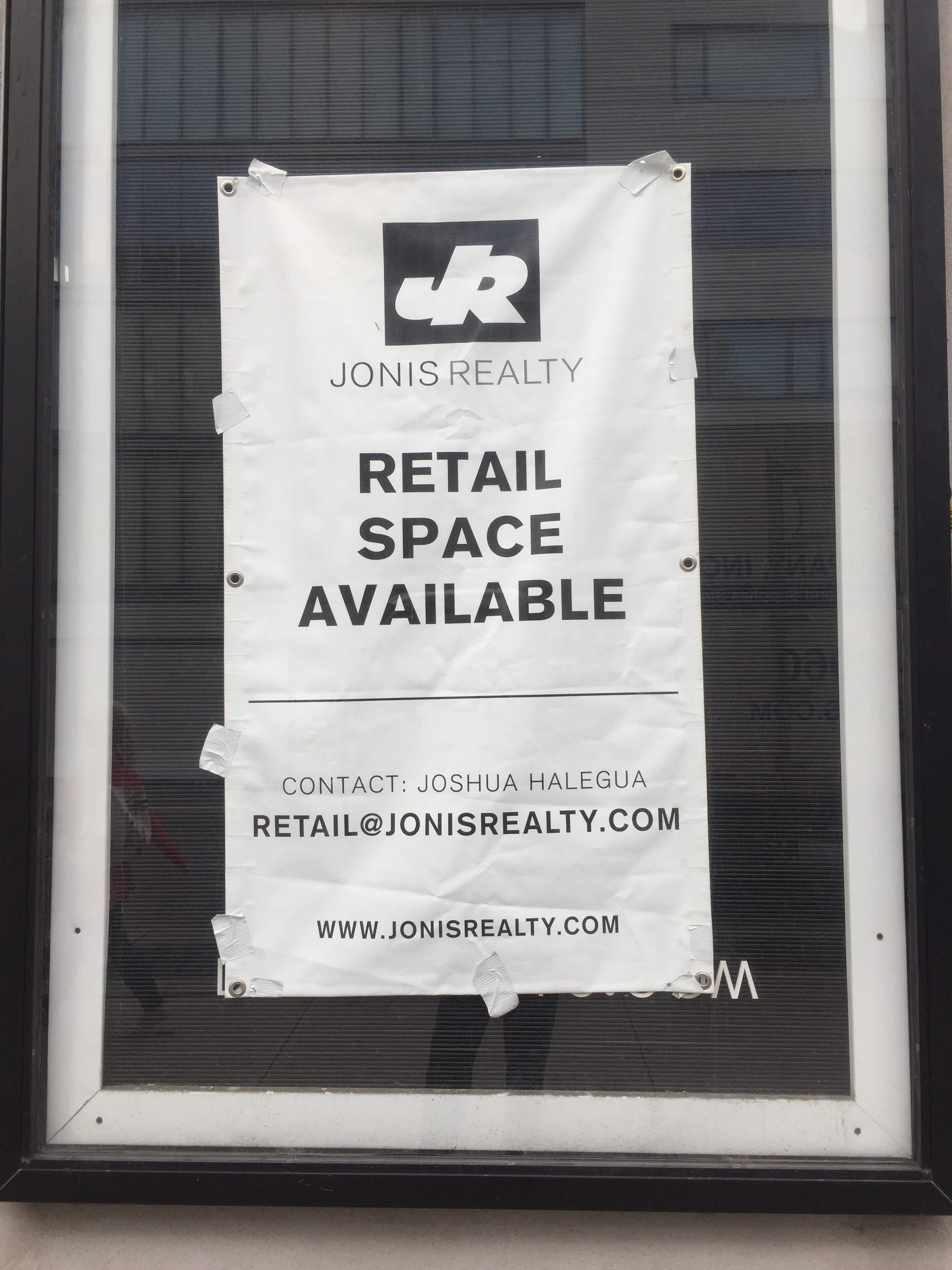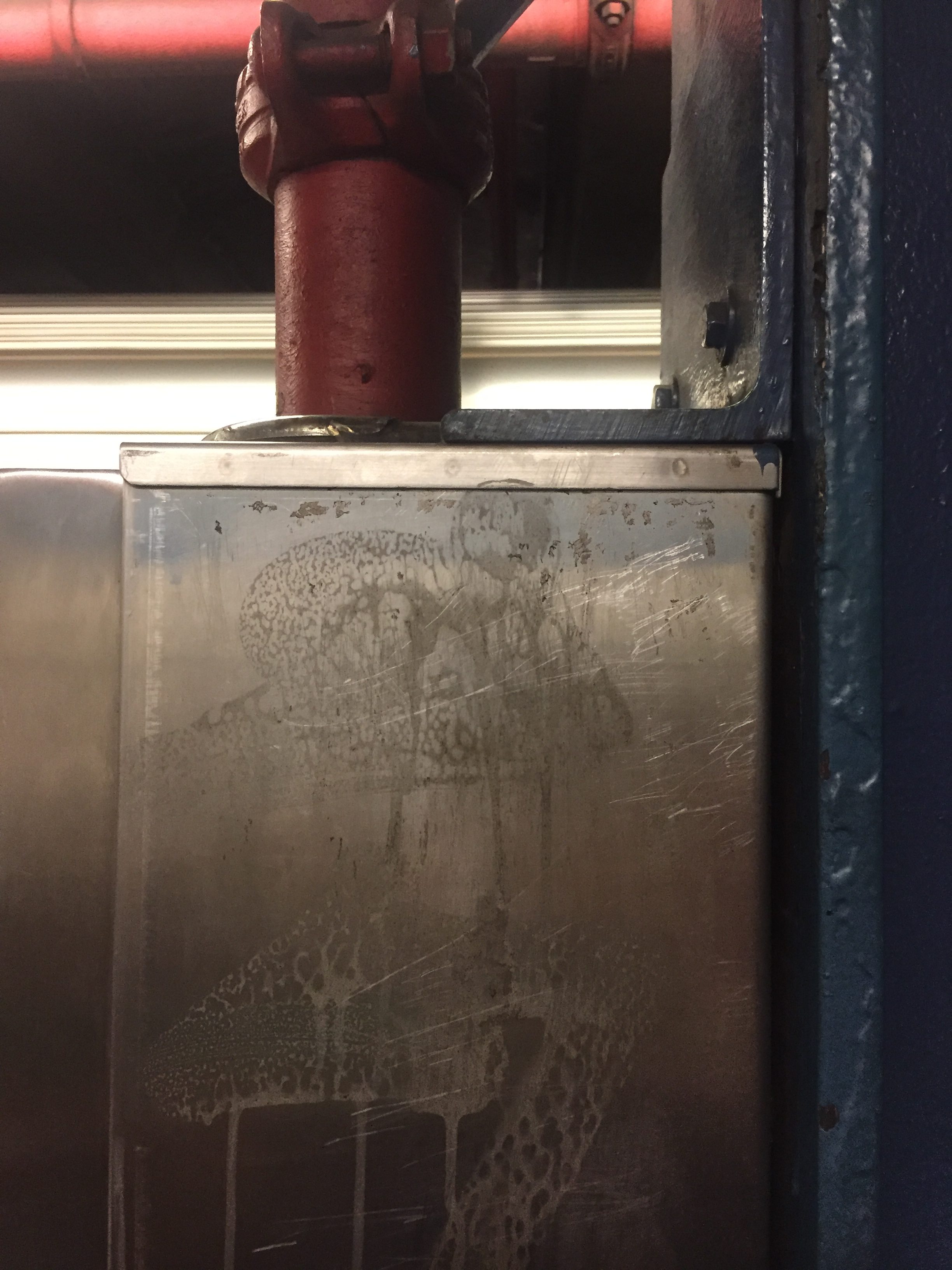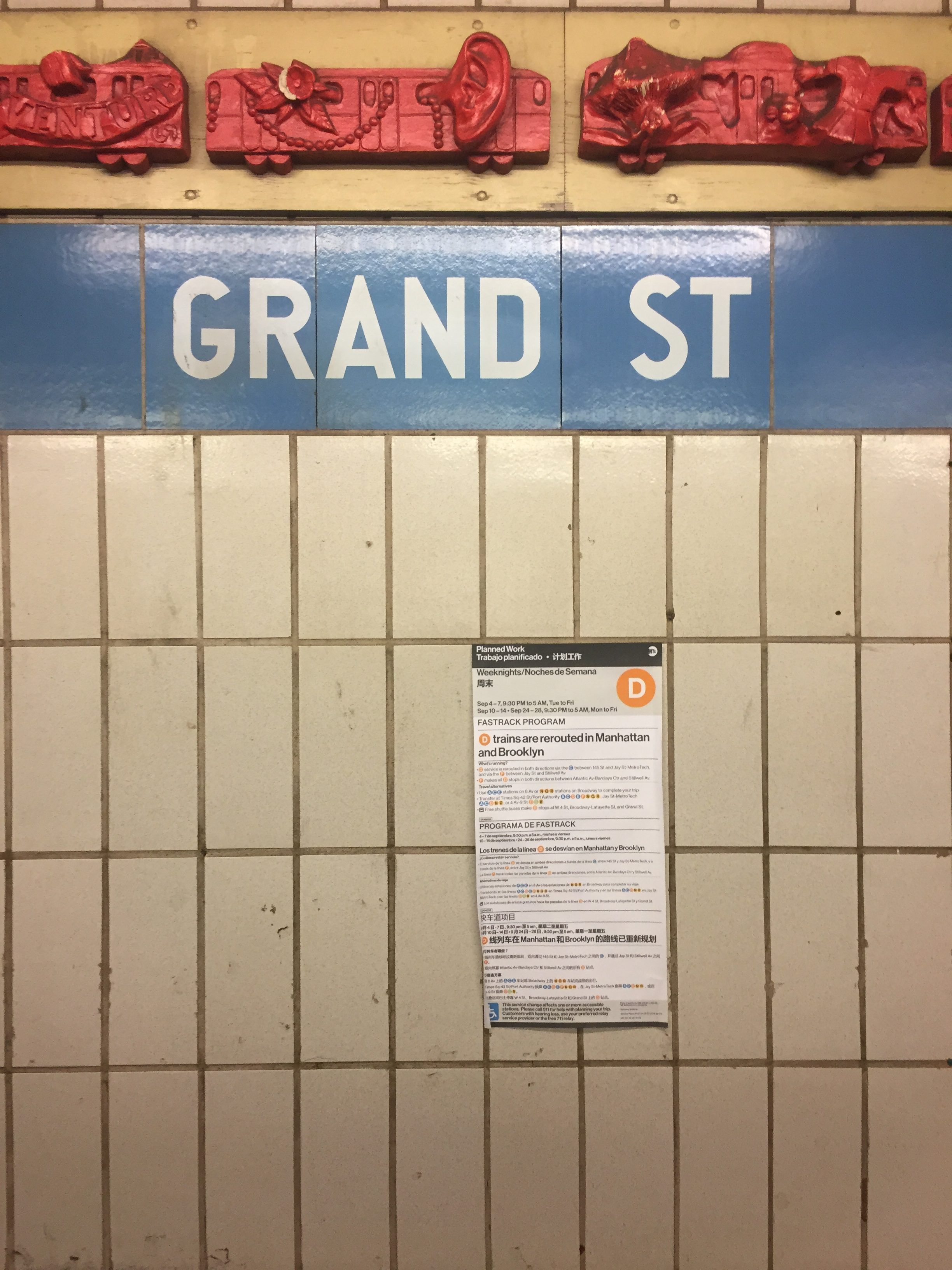
Nolita Inclusions
Nolita Inclusions
Nolita Inclusions
Nolita Inclusions
Nolita Inclusions
Debris is a form of fragmentation; the micro-remains of a ruin. Historically debris has been associated with destruction, war, and the remnants of some catastrophic event. They represent what David Gissen calls “the destructive capacities of urban production”. Like dust, and exhaust, they pervade urban environments and defy territorial boundaries.
Nolita Inclusions is an attempt to capture and fossilize these nomadic elements in time and space, and create a micro-environment of Nolita’s urban detritus. With my swiffer pad, I swept or swabbed recurring surfaces that form the vernacular of Manhattan’s streetscape. I then cast the collected debris in resin.
Debris is a form of fragmentation; the micro-remains of a ruin. Historically debris has been associated with destruction, war, and the remnants of some catastrophic event. They represent what David Gissen calls “the destructive capacities of urban production”. Like dust, and exhaust, they pervade urban environments and defy territorial boundaries.
Nolita Inclusions is an attempt to capture and fossilize these nomadic elements in time and space, and create a micro-environment of Nolita’s urban detritus. With my swiffer pad, I swept or swabbed recurring surfaces that form the vernacular of Manhattan’s streetscape. I then cast the collected debris in resin.
Debris is a form of fragmentation; the micro-remains of a ruin. Historically debris has been associated with destruction, war, and the remnants of some catastrophic event. They represent what David Gissen calls “the destructive capacities of urban production”. Like dust, and exhaust, they pervade urban environments and defy territorial boundaries.
Nolita Inclusions is an attempt to capture and fossilize these nomadic elements in time and space, and create a micro-environment of Nolita’s urban detritus. With my swiffer pad, I swept or swabbed recurring surfaces that form the vernacular of Manhattan’s streetscape. I then cast the collected debris in resin.
Debris is a form of fragmentation; the micro-remains of a ruin. Historically debris has been associated with destruction, war, and the remnants of some catastrophic event. They represent what David Gissen calls “the destructive capacities of urban production”. Like dust, and exhaust, they pervade urban environments and defy territorial boundaries.
Nolita Inclusions is an attempt to capture and fossilize these nomadic elements in time and space, and create a micro-environment of Nolita’s urban detritus. With my swiffer pad, I swept or swabbed recurring surfaces that form the vernacular of Manhattan’s streetscape. I then cast the collected debris in resin.
Debris is a form of fragmentation; the micro-remains of a ruin. Historically debris has been associated with destruction, war, and the remnants of some catastrophic event. They represent what David Gissen calls “the destructive capacities of urban production”. Like dust, and exhaust, they pervade urban environments and defy territorial boundaries.
Nolita Inclusions is an attempt to capture and fossilize these nomadic elements in time and space, and create a micro-environment of Nolita’s urban detritus. With my swiffer pad, I swept or swabbed recurring surfaces that form the vernacular of Manhattan’s streetscape. I then cast the collected debris in resin.


